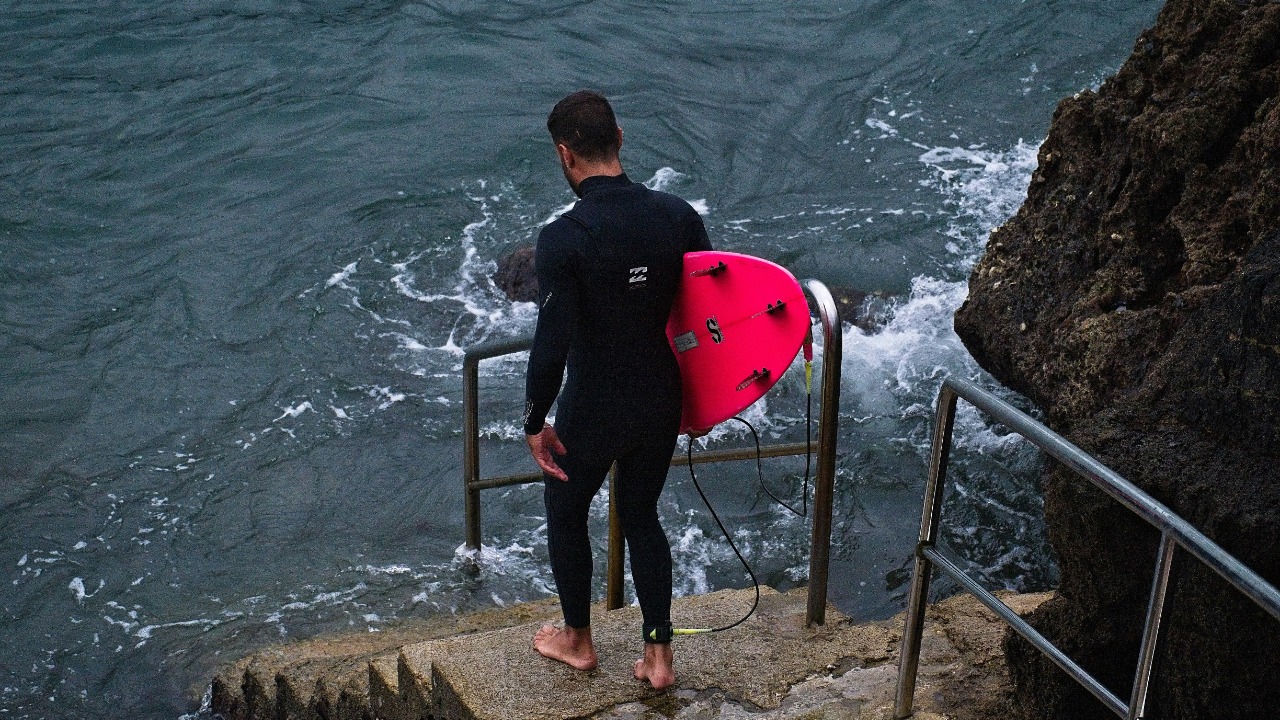
Researchers Laura Ryan and Nathan S. Hart at the University of Western Australia have developed new wetsuit designs featuring bold black and white stripes. These designs were put to the test on juvenile great white sharks in Mossel Bay, South Africa, where the patterns were found to reduce the likelihood of bites by making the wearer appear less like typical prey.
The Rising Threat of Shark Encounters
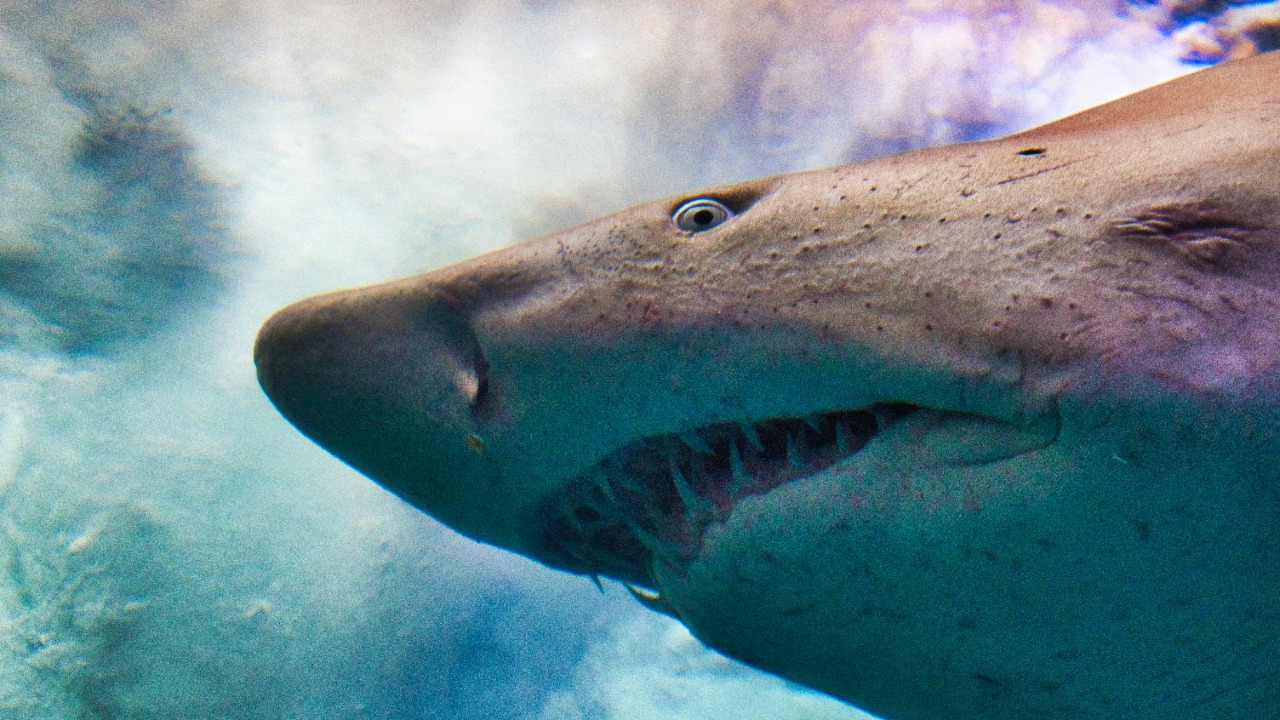
Unprovoked shark bites have become a global concern, with 73 reported incidents in 2020 alone. Surfers and divers in coastal areas, particularly in Australia and South Africa, face the highest risks. In Australia, great white sharks have been responsible for multiple fatal attacks on surfers over the past decade, leading to calls for innovative protective gear beyond traditional deterrents like shark nets.
Historical data shows that most bites occur in murky waters where sharks use vision and other senses to investigate potential prey. This highlights the need for visual disruption strategies, which the new wetsuit designs aim to provide.
Inspiration from Nature’s Patterns
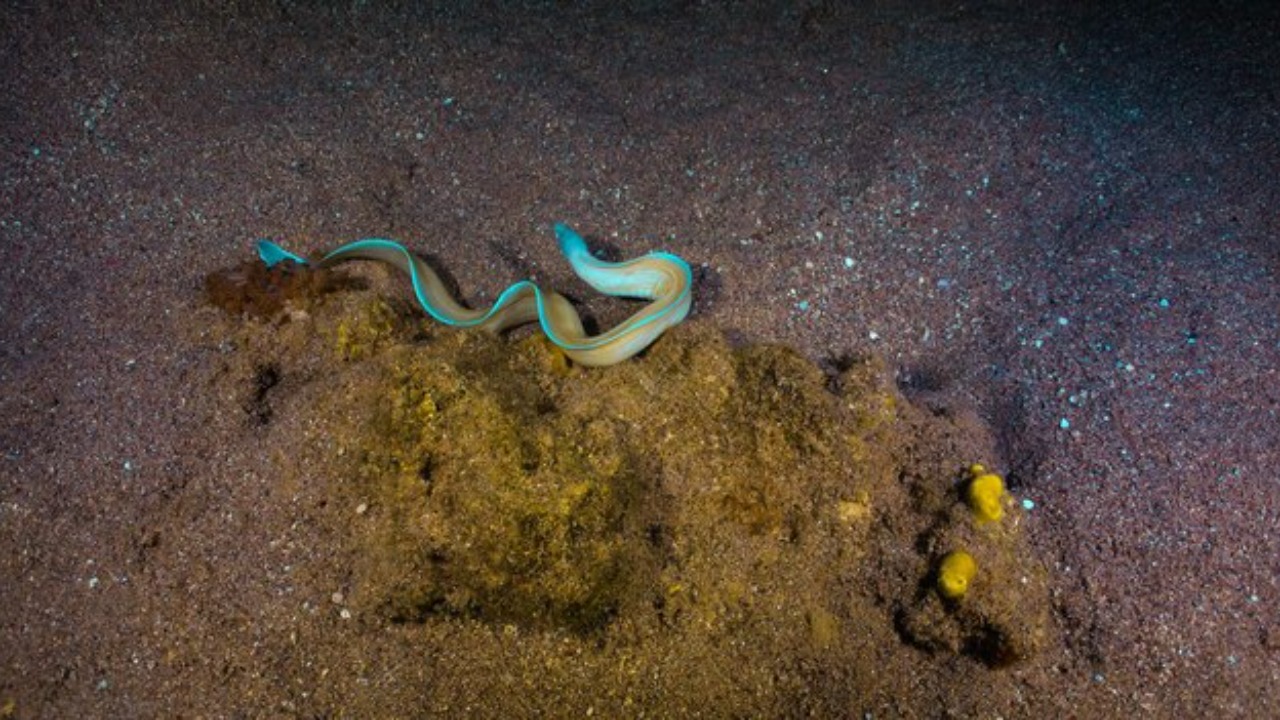
The wetsuit designs draw inspiration from nature, specifically the disruptive coloration seen in poisonous sea snakes. These creatures feature black and white bands that sharks tend to avoid. Researchers Laura Ryan and Nathan S. Hart analyzed how these natural patterns confuse shark vision, leading to the creation of similar striped motifs for human wear.
Previous lab studies on shark behavior confirmed that bold contrasting stripes reduce interest in banded objects compared to solid colors. This insight was crucial in the development of the new wetsuit designs.
Key Design Features of the Wetsuits
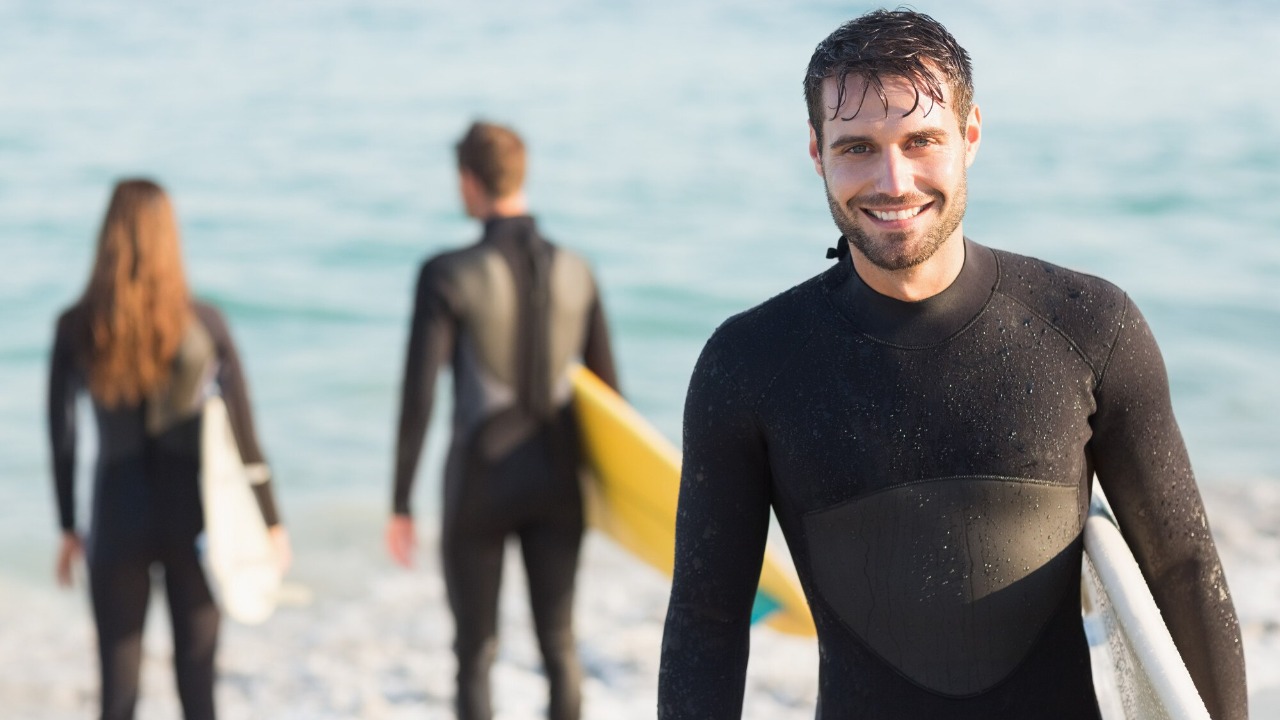
The primary prototype of the wetsuit includes horizontal black and white stripes approximately 6 centimeters wide. This mimics the scale of sea snake patterns, aiming to deter sharks from approaching. An alternative design incorporates blue stripes blended with the black and white, tested to see if it enhances camouflage in ocean environments.
The materials used for the wetsuits remain standard neoprene for buoyancy and flexibility. The patterns are printed directly onto the fabric without adding bulk or restricting movement, ensuring the wetsuits are comfortable and practical for users.
Field Testing in Shark Hotspots
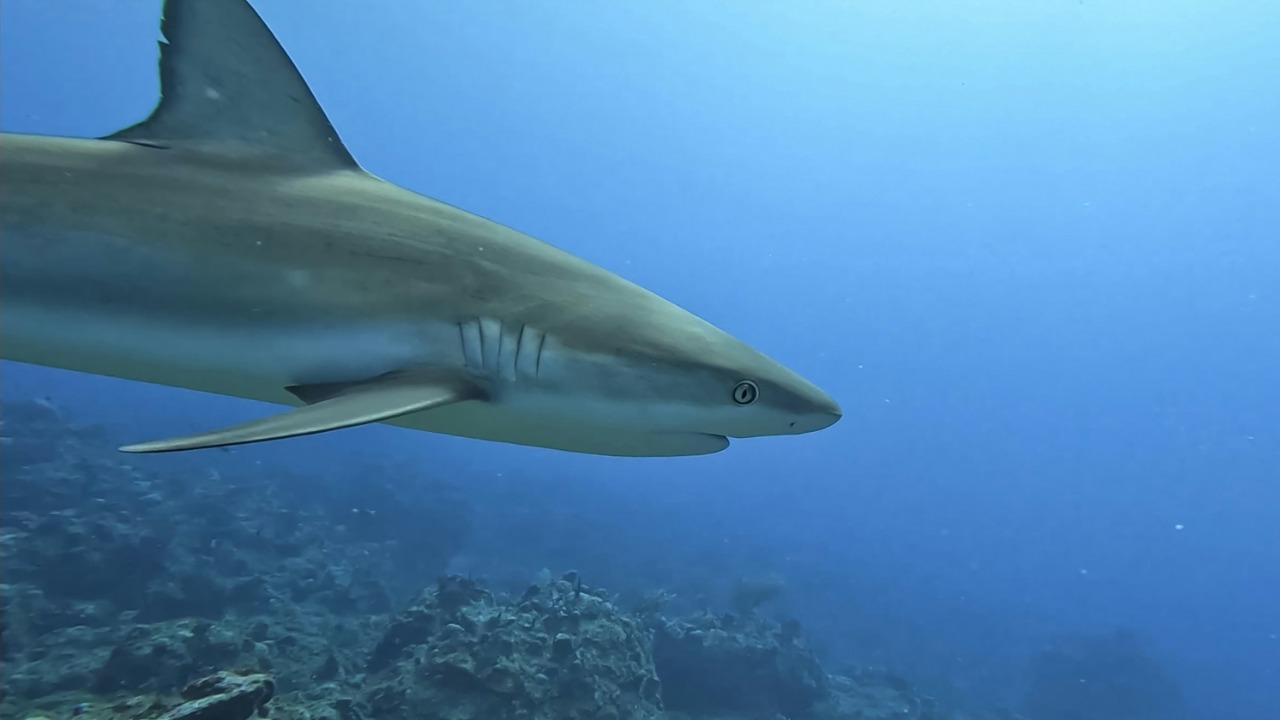
Field tests were conducted in Mossel Bay, South Africa, a known aggregation site for juvenile great white sharks measuring 1.5 to 2 meters in length. Divers wearing the prototype wetsuits, along with control suits in solid black and all-white, were observed from boats as sharks approached within 3 meters.
Over 100 observation trials were completed between 2019 and 2020, ensuring ethical protocols with no bait used to attract sharks. This rigorous testing process was crucial in evaluating the effectiveness of the wetsuit designs.
Results from Shark Behavior Observations
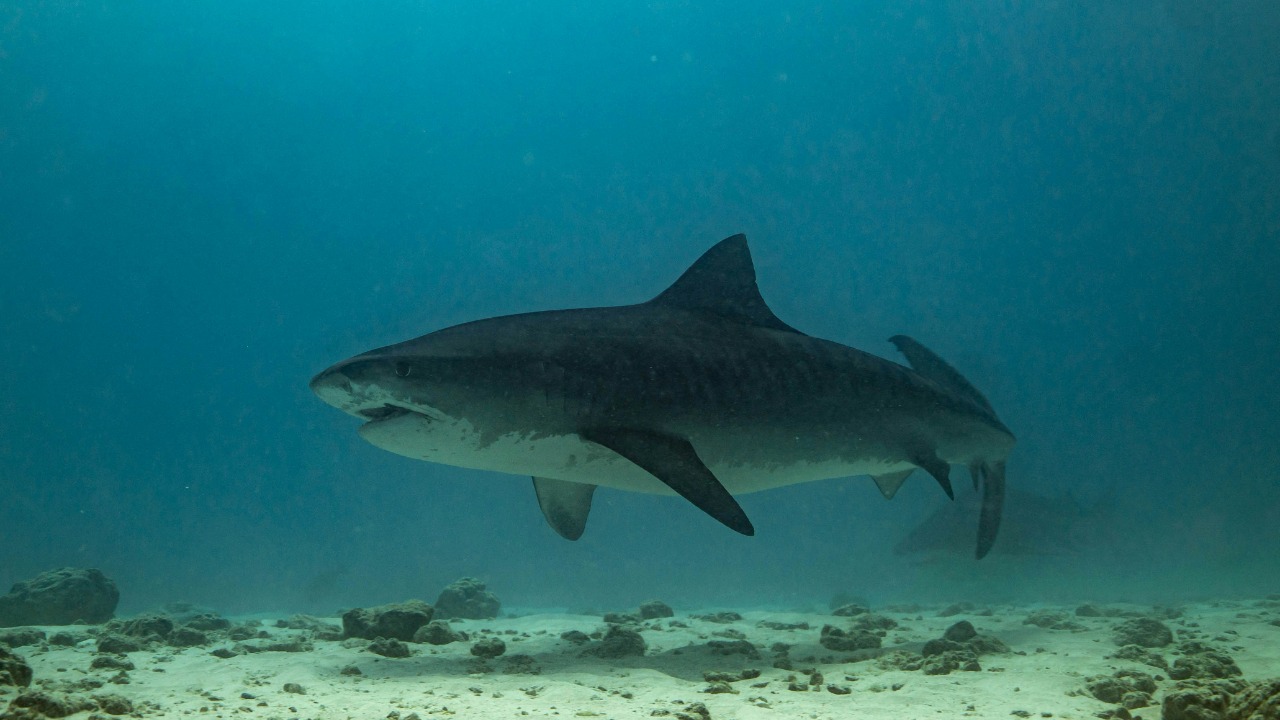
The results of the field tests were promising. Sharks bit the black and white striped wetsuits in only 4 out of 27 approaches, compared to 14 out of 27 for solid black suits. The blue-striped variant showed intermediate results, with 8 bites out of 27 approaches, suggesting partial effectiveness in varying light conditions.
Video analysis revealed that striped patterns caused sharks to veer away or investigate less aggressively. This supports the hypothesis of visual deterrence and confirms the potential of the wetsuit designs in reducing shark bites.
Potential Impact on Water Safety
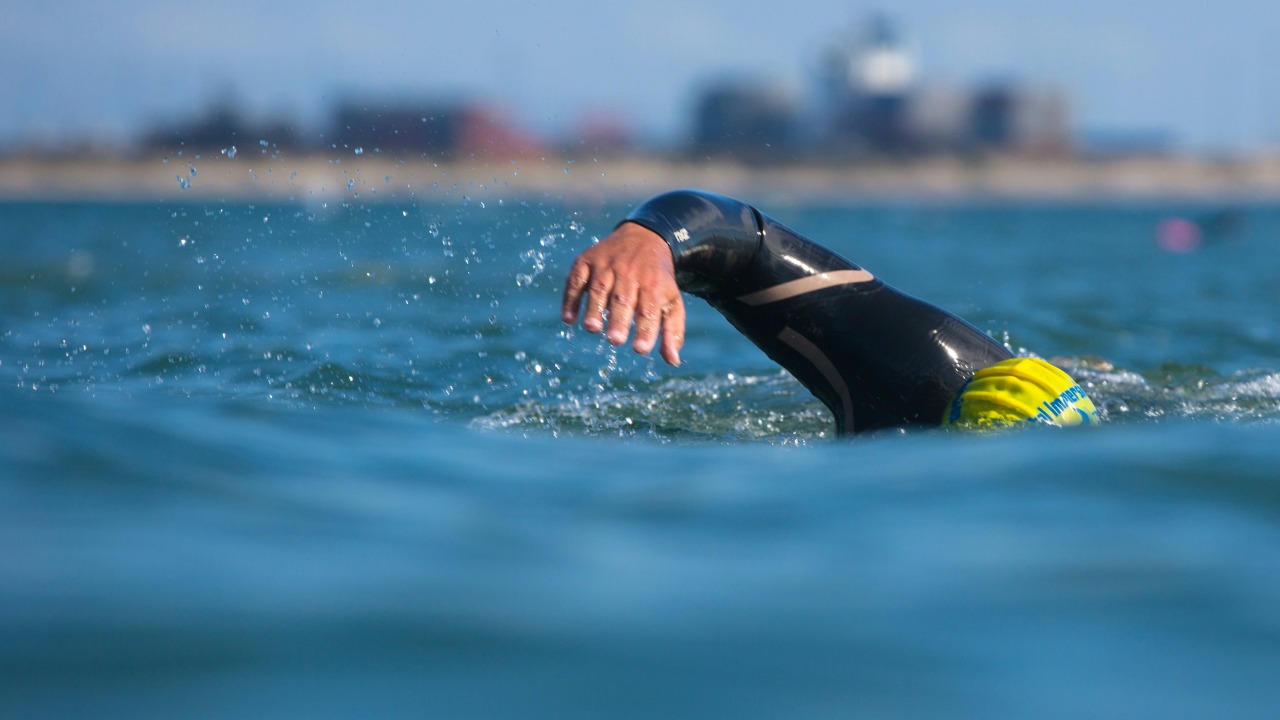
If commercialized, these wetsuits could significantly improve water safety. Preliminary models from the research team suggest that the wetsuits could reduce bite incidents by up to 80% for surfers in high-risk areas. Collaboration with wetsuit manufacturers like O’Neill is underway to produce affordable versions priced under $300, making them accessible to recreational users.
Experts like shark biologist Chris Neff emphasize that such non-lethal innovations complement education and monitoring efforts without harming shark populations. This approach aligns with the broader goal of promoting coexistence between humans and sharks.
Challenges and Future Research Directions
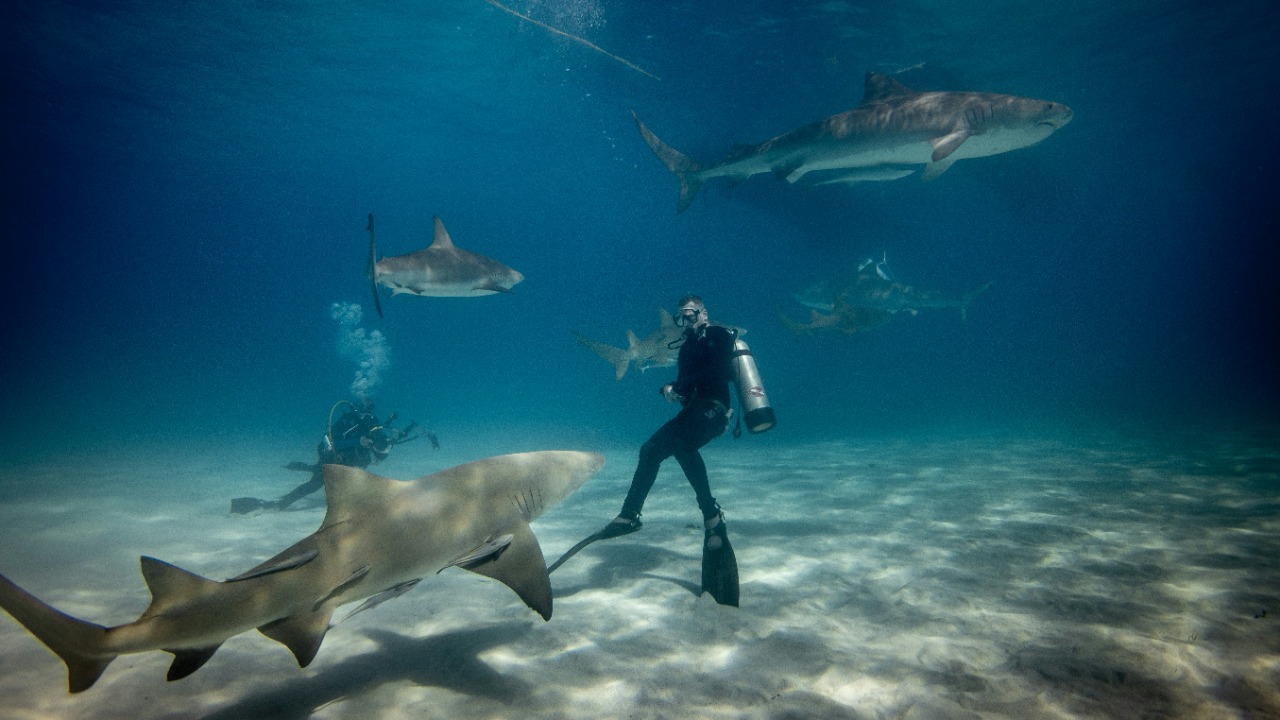
While the results are promising, there are limitations to consider. The tests were only conducted on juvenile great whites, and plans are in place to evaluate adult sharks and other species like bull sharks in upcoming trials. Durability tests are also needed to ensure the patterns withstand saltwater exposure and repeated use over months.
Looking ahead, the researchers aim to integrate the designs with electronic repellents for layered protection. Field trials in Australian waters are potentially set to start by 2022, marking the next step in the journey towards safer waters for all.